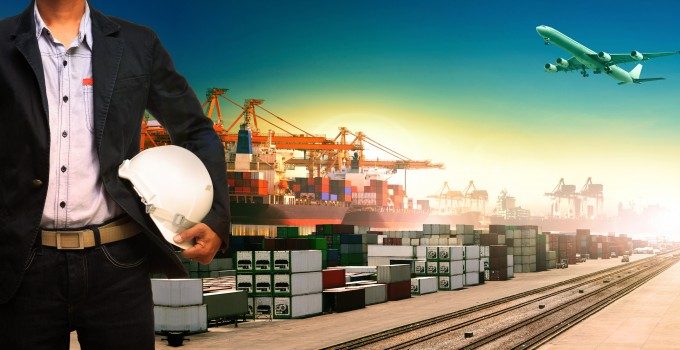Ports with vision can return to the heart of business life as new enablers of trade
Although we live in an era of continual and unprecedented disruption to supply chains – ...

Companies in the transport business need to think more strategically about advanced manufacturing, urged the US vice-president of PwC Strategy, Andrew Schmahl, at yesterday’s Caspian Air Cargo event in Baku.
He warned that developments in manufacturing, such as 3D printing, would disrupt supply chains and logistics.
“Air ...
Keep our news independent, by supporting The Loadstar
Red Sea crisis has driven most new capacity into extended Asia-Europe trades
Carrier price hikes hold, driving spot rates higher as space gets scarcer
Crew forced to abandon ship in latest fire on vessel carrying EVs
The Loadstar Podcast | Transport Logistic and Air Cargo Europe 2025
Carriers on the hunt for open tonnage again as transpacific rates soar
'Now or never' for Kuehne and DHL GF to hit back at DSV
Asia-West Africa ULCV deployment opens new markets for carriers

Comment on this article
Derek Jones
October 07, 2015 at 2:40 pm3D printing is fine for one-offs, such as moulds for casting, prototype models etc. It will never be cost-effective for any quantity run. It’s too slow, way too expensive, and the materials that can be printed are limited and have limiting characteristics. If anything, 3D printing may increase courier traffic as design shops outsource printing to foreign print shops, whose output is then delivered back to them. Air cargo faces many challenges; this is not one of them.
Alex Lennane
October 08, 2015 at 9:25 amI am not so sure. New technology has made the process much faster. For example, Carbon3D ‘grows’ objects instead of printing them – it takes 6 minutes as opposed to 11 hours. Quality is increasing. And costs are expected to fall dramatically as usage increases. Big companies are investing big money. While cheaper, sea freighted products look more likely to be affected (at least at first) many supply chains could be disrupted – with high yield products such as pharma, and hi tech on the ‘possible’ list. Although no doubt air freight will pick up some 3D business too. It will be interesting to watch…